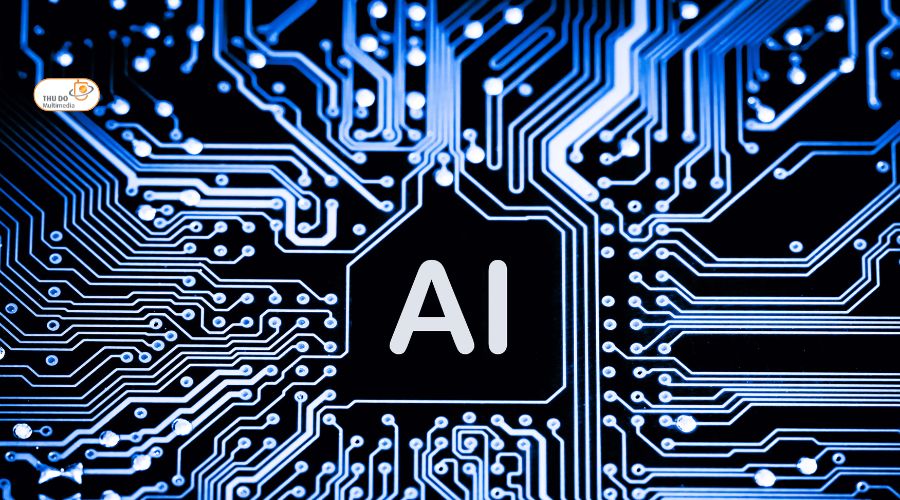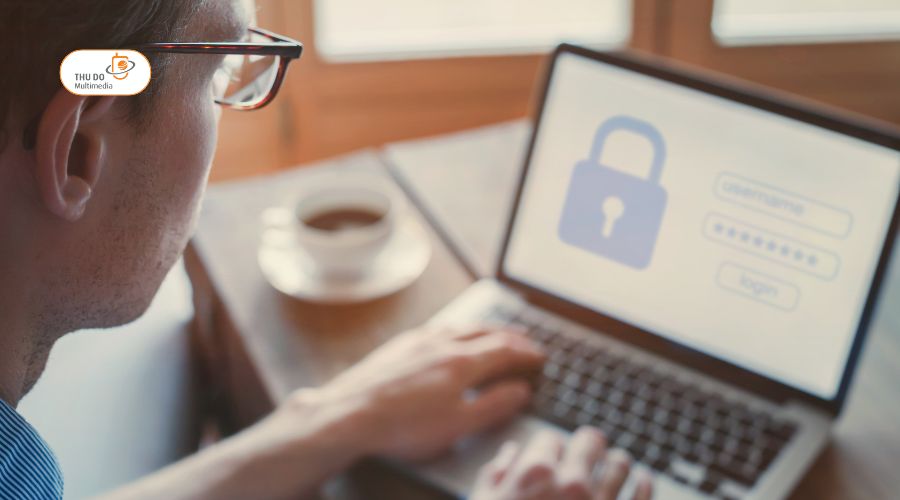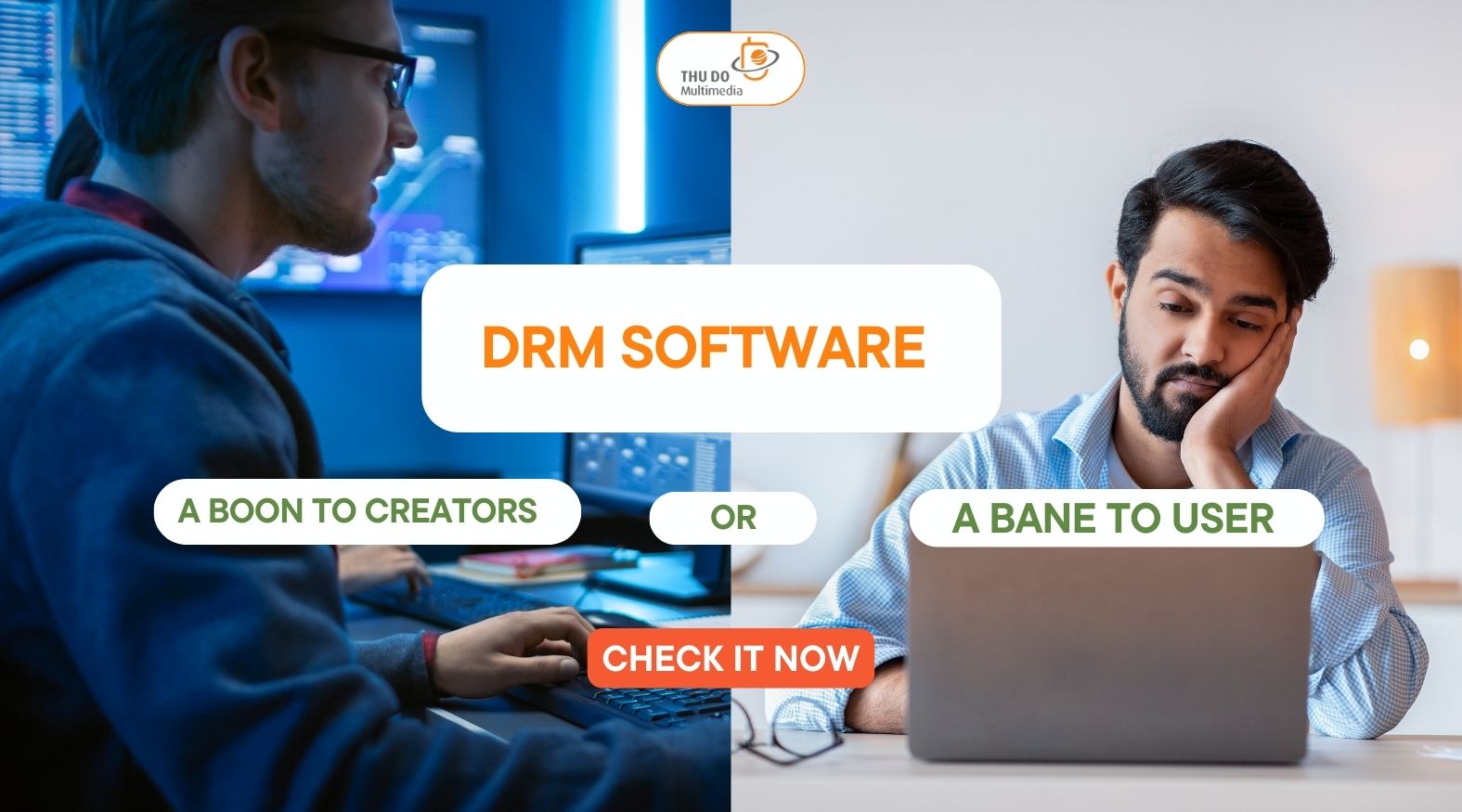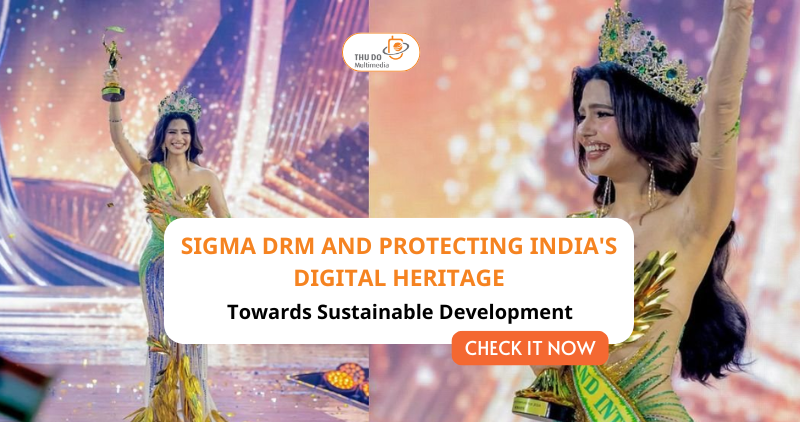
Beyond Fair Play: Exploring DRM Anti-Cheat Role
In the rapidly evolving landscape of online gaming, maintaining a fair and secure environment is a paramount concern for both players and developers. As games become more sophisticated and competitive, the threat of cheating looms larger, undermining the integrity of gameplay and diminishing the enjoyment for honest players. To combat this pervasive issue, the gaming industry has increasingly turned to DRM Anti-Cheat technologies. These systems are designed to detect, prevent, and penalize cheating, ensuring that skill and strategy are the only factors determining success in the gaming arena. This article delves into the world of it, exploring its mechanisms, benefits, challenges, and its vital role in safeguarding the fairness and integrity of online gaming.
Introduction to DRM Anti-Cheat
Definition and Significance of DRM Anti-Cheat
Digital Rights Management (DRM) Anti-Cheat is a technology designed to prevent cheating and unauthorized modifications in digital games and software. Its primary goal is to maintain a fair and balanced environment, ensuring that all players follow the same rules. The significance of DRM Anti-Cheat lies in its ability to uphold the integrity of games, providing a level playing field where skill and strategy determine the outcome rather than cheating or exploits. This technology is essential in protecting the interests of both players and developers, fostering a trustworthy and enjoyable gaming community.
In essence, DRM Anti-Cheat systems work by embedding security measures within the game’s code and infrastructure. These measures continuously monitor player activity and data exchanges to identify any irregularities indicative of cheating. By doing so, they safeguard the game’s competitive nature, ensuring that victories and achievements are earned fairly. This is particularly important in competitive eSports and multiplayer games, where the presence of cheaters can significantly impact the overall experience and deter honest players from participating.
Overview of DRM Anti-Cheat Solutions in Gaming and Software Industries
The gaming and software industries utilize various DRM Anti-Cheat solutions to protect their products. These solutions often combine client-side and server-side measures to monitor, detect, and respond to cheating activities. Some well-known DRM Anti-Cheat solutions include:
- Denuvo Anti-Cheat: Integrates with games to offer comprehensive security against cheating. Known for its robust encryption and protection mechanisms, Denuvo Anti-Cheat is often used in high-profile AAA titles to prevent both online and offline cheats.
- BattlEye: Provides real-time protection in multiplayer games, quickly detecting and banning cheaters. BattlEye is popular in games like PUBG and Rainbow Six Siege, where its aggressive detection and ban policies help maintain a fair playing field.
- EasyAntiCheat: Used in competitive gaming to prevent cheating through advanced detection methods. EasyAntiCheat is favored in games like Fortnite and Apex Legends, where its effective cheat prevention is critical for maintaining competitive integrity.
- Valve Anti-Cheat (VAC): Integrated into Steam, it detects cheats and applies bans across the platform. VAC is widely used in Valve’s own games such as Counter-Strike: Global Offensive and Dota 2, ensuring a secure environment for millions of players.
These solutions continuously evolve to combat new cheating methods, ensuring they remain effective in protecting the gaming environment. Developers regularly update these systems to address emerging threats, often employing machine learning and other advanced technologies to enhance their detection capabilities.

Read More: DRM in Games: Security vs User Experience
Importance of DRM Anti-Cheat in Maintaining Fairness and Integrity in Online Gaming
DRM Anti-Cheat is crucial for maintaining fairness and integrity in online gaming. Cheating undermines the competitive nature of games, leading to frustration and dissatisfaction among legitimate players. By implementing robust DRM Anti-Cheat measures, game developers can ensure that all players compete on a level playing field. This not only enhances the player experience but also upholds the reputation and credibility of the game and its developer. Fair play is essential for a healthy gaming ecosystem, and DRM Anti-Cheat plays a vital role in achieving this goal.
In addition to maintaining fairness, DRM Anti-Cheat systems help protect the economic interests of game developers. Cheating can lead to loss of revenue through refunds, negative reviews, and decreased player engagement. By preventing cheating, DRM Anti-Cheat systems help sustain the financial viability of games, enabling developers to continue investing in new content and improvements.
How DRM Anti-Cheat Works
Monitor In-Game Activities
DRM Anti-Cheat systems operate by continuously monitoring in-game activities. These systems track a wide range of data points, including player movements, actions, and interactions within the game environment. This monitoring extends to network traffic and data exchanges, which helps in identifying suspicious patterns that deviate from normal gameplay. The constant surveillance allows for real-time detection of potential cheating activities, providing a robust defense against unfair practices.
The monitoring process involves collecting and analyzing vast amounts of data to identify anomalies. For instance, if a player’s actions are unusually precise or their movements are faster than humanly possible, the system flags these activities for further analysis. By leveraging sophisticated algorithms, DRM Anti-Cheat systems can distinguish between legitimate skilled play and actions influenced by cheating software.
Detect Fraudulent Behavior
Upon detecting anomalies, DRM Anti-Cheat systems employ various techniques to confirm fraudulent behavior. This can involve:
- Signature-based Detection: Matching known cheat signatures against in-game data to identify specific hacks. This method relies on a database of known cheat patterns and is effective against widely used cheats.
- Heuristic Analysis: Evaluating the likelihood of cheating based on observed behaviors and patterns. Heuristic analysis is particularly useful for detecting new or evolving cheating methods that may not yet have established signatures.
- Machine Learning: Utilizing advanced algorithms to improve detection accuracy over time by learning from past cheating incidents. Machine learning models can adapt to new cheating strategies and enhance the system’s ability to detect subtle or complex forms of cheating.
These methods work together to ensure a high level of accuracy in identifying cheaters, minimizing false positives and ensuring that legitimate players are not unfairly penalized.
Apply Sanctions
Once cheating is confirmed, DRM Anti-Cheat systems enforce appropriate sanctions to maintain game integrity. These sanctions can range from temporary suspensions to permanent bans, depending on the severity of the offense. In some cases, cheaters may also face consequences such as loss of in-game rewards or progression. By penalizing cheaters, DRM Anti-Cheat systems deter future cheating attempts and reassure legitimate players that the game is being actively protected. The application of sanctions is crucial in maintaining a fair and enjoyable gaming environment.
In addition to direct sanctions, some systems also implement preventative measures, such as requiring players to undergo additional verification processes or limiting access to certain game features until the player’s integrity is confirmed. These steps further enhance the overall security and fairness of the gaming environment.
Benefits of DRM Anti-Cheat in Online Gaming
Minimize Cheating
One of the primary benefits of DRM Anti-Cheat is its ability to significantly reduce cheating in games. By proactively detecting and penalizing cheaters, these systems create a fairer environment where players can enjoy the game as intended. This fosters a community built on trust and respect, enhancing the overall gaming experience. The reduction of cheating ensures that all players have an equal chance to succeed based on their skills and strategies.
Moreover, by minimizing cheating, DRM Anti-Cheat systems help maintain the longevity and appeal of a game. Players are more likely to continue playing and investing in a game if they believe it offers a fair and balanced experience. This sustained player engagement is crucial for the long-term success and profitability of online games.
Protect Game Integrity
Cheating can severely damage a game’s reputation and user experience. DRM Anti-Cheat helps maintain game integrity by preventing illicit activities that could undermine gameplay. By ensuring that games remain challenging and rewarding, these systems help sustain player interest and satisfaction, contributing to a game’s success and longevity. Protecting game integrity is crucial for maintaining the developer’s vision and ensuring that the game provides the intended experience for all players.
In addition to preserving the core gameplay experience, DRM Anti-Cheat systems also protect the economic value of in-game items and currencies. In many online games, players invest significant time and money into acquiring rare items or progressing through levels. Cheating can devalue these investments, leading to player dissatisfaction and potential financial losses for developers. By preventing cheating, DRM Anti-Cheat systems help protect the value of in-game economies, ensuring that player investments are secure.
Encourages Healthy Competition
Healthy competition is the cornerstone of engaging and enjoyable online gaming. DRM Anti-Cheat ensures that competition is based on skill and strategy rather than unfair advantages. This creates a level playing field where players can compete honestly, fostering a more exciting and dynamic gaming environment. When players know that cheating is actively prevented, they are more likely to invest time and effort into improving their skills, leading to a more competitive and enjoyable experience for everyone involved.
Healthy competition also enhances the social aspect of online gaming. Players can build reputations and form communities based on their legitimate achievements and skills. This sense of community and recognition is essential for creating a vibrant and engaging gaming ecosystem where players feel motivated to participate and excel.

Read More: DRM Software: A Boon for Content Creators, or a Bane for Users?
Disadvantages of DRM Anti-Cheat
Causes Privacy Concerns
One of the main criticisms of DRM Anti-Cheat is the potential for privacy invasion. These systems often require access to extensive player data to function effectively, which can raise concerns about data security and personal privacy. Players may be wary of how their information is collected, stored, and used by developers and third-party anti-cheat providers. Ensuring transparency and robust data protection measures is essential to address these concerns and maintain player trust.
To mitigate privacy concerns, developers should implement clear and transparent data policies, informing players about what data is collected, how it is used, and how it is protected. Additionally, minimizing data collection to only what is necessary for cheat detection and employing encryption and other security measures can help reassure players that their privacy is being respected.
May Affect Performance
DRM Anti-Cheat solutions can sometimes impact game performance, particularly on older or lower-end systems. The additional processing power required to monitor and analyze in-game activities can lead to slower performance, lag, and other technical issues. This can be frustrating for players and may detract from the overall gaming experience. Developers need to balance the effectiveness of anti-cheat measures with their impact on performance to provide the best possible experience for all players.
To address performance concerns, developers can optimize their anti-cheat systems to minimize resource consumption and ensure that they do not interfere with the core gameplay experience. Regular performance testing and updates can help identify and resolve any issues that arise, ensuring that all players can enjoy a smooth and responsive gaming experience.
Can be Cracked
Despite their sophistication, DRM Anti-Cheat systems are not infallible. Determined hackers can develop methods to bypass these protections, undermining their effectiveness. This cat-and-mouse game between developers and cheaters requires constant updates and improvements to DRM Anti-Cheat technologies to stay ahead of new cheating techniques. While DRM Anti-Cheat can significantly reduce cheating, it is essential to recognize that no system is entirely foolproof, and ongoing efforts are needed to maintain its effectiveness.
To enhance the resilience of DRM Anti-Cheat systems, developers can adopt a multi-layered approach, combining various detection and prevention methods to create a more robust defense against cheating. Collaboration with other developers and sharing information about emerging threats can also help improve the overall effectiveness of anti-cheat technologies.

Read More: DRM Browsers: A Balancing Act Between Protection and Privacy
Examples of Popular DRM Anti-Cheat
Denuvo Anti-Cheat
Denuvo Anti-Cheat is known for its robust protection mechanisms, integrating seamlessly with games to provide comprehensive security against cheating. It is used in many high-profile titles and offers strong defense against both online and offline cheats. Denuvo Anti-Cheat employs advanced techniques to detect and prevent cheating, ensuring a fair gaming environment for all players.
Denuvo Anti-Cheat’s approach involves embedding security measures deep within the game’s code, making it difficult for cheaters to bypass. Its sophisticated encryption and obfuscation techniques protect against a wide range of cheating methods, from simple hacks to complex exploits.
BattlEye
BattlEye is widely used in multiplayer games, offering real-time protection by detecting and banning cheaters quickly and efficiently. It has been implemented in popular games like PUBG and Rainbow Six Siege, known for its effectiveness in maintaining fair play. BattlEye’s proactive approach to detecting and responding to cheats makes it a trusted choice for many developers seeking to protect their games from cheating.
BattlEye operates by continuously scanning the game environment and player activities for suspicious behavior. When it detects potential cheating, it immediately takes action to remove the offending player from the game and prevent further damage. This rapid response capability is crucial for maintaining a fair and enjoyable gaming experience.
EasyAntiCheat
EasyAntiCheat is popular in competitive gaming, employing advanced detection methods to prevent cheating and ensure fair play. It is used in games like Fortnite and Apex Legends, providing reliable protection against a wide range of cheating techniques. EasyAntiCheat’s focus on competitive integrity makes it a preferred solution for games that prioritize fair competition and player satisfaction.
EasyAntiCheat’s comprehensive approach includes both client-side and server-side measures, ensuring that cheats are detected and prevented at multiple levels. Its ability to adapt to new cheating methods and its continuous updates make it a robust and reliable choice for protecting competitive games.
Valve Anti-Cheat (VAC)
Valve Anti-Cheat (VAC) is integrated into Steam, automatically detecting cheats and applying bans across the platform. It is widely used in Valve’s own games like Counter-Strike: Global Offensive and Dota 2, maintaining a safe and fair gaming environment for millions of players. VAC’s integration with the Steam platform allows for seamless and effective cheat detection, ensuring a secure gaming experience for all players.
VAC’s automated detection system continuously scans for known cheat signatures and suspicious behaviors. When a cheat is detected, VAC issues a ban that is applied across all VAC-secured games, providing a strong deterrent against cheating. Its integration with Steam’s extensive player community helps ensure that cheaters are swiftly and effectively removed from the platform.
Conclusion about DRM Anti-Cheat
Recap of the Importance of DRM Anti-Cheat in Ensuring Fairness and Integrity
It is indispensable in the fight against cheating in online gaming. By ensuring fairness and integrity, these systems uphold the principles of competitive gaming and protect the interests of both players and developers. The presence of robust DRM Anti-Cheat measures reassures players that the game is being actively protected, encouraging a positive and competitive gaming environment.
Summary of Key Insights and Findings on DRM Anti-Cheat Implementation
DRM Anti-Cheat solutions are essential for monitoring in-game activities, detecting fraudulent behavior, and applying sanctions. Despite some drawbacks, such as privacy concerns and potential performance issues, the benefits they provide in minimizing cheating, protecting game integrity, and encouraging healthy competition are substantial. Effective DRM Anti-Cheat measures are crucial for maintaining the integrity of online gaming and ensuring that all players have a fair and enjoyable experience.
Final Thoughts on the Role of DRM Anti-Cheat in Online Gaming Security
As online gaming continues to grow, the role of DRM Anti-Cheat becomes increasingly crucial. By adapting to new challenges and evolving threats, these systems will continue to play a pivotal role in maintaining a secure and fair gaming landscape, ensuring that players can enjoy their favorite games without the threat of cheating. The ongoing development and improvement of its technologies are essential for protecting the interests of players and developers, fostering a vibrant and competitive gaming community.
In conclusion, while DRM Anti-Cheat systems are not without their challenges, their benefits in preserving the fairness and integrity of online gaming are undeniable. As the gaming industry evolves, so too must the technologies that protect it, ensuring that the spirit of fair play remains at the forefront of the gaming experience.
Contact ThuDo Multimedia to learn more!























Recent Comments